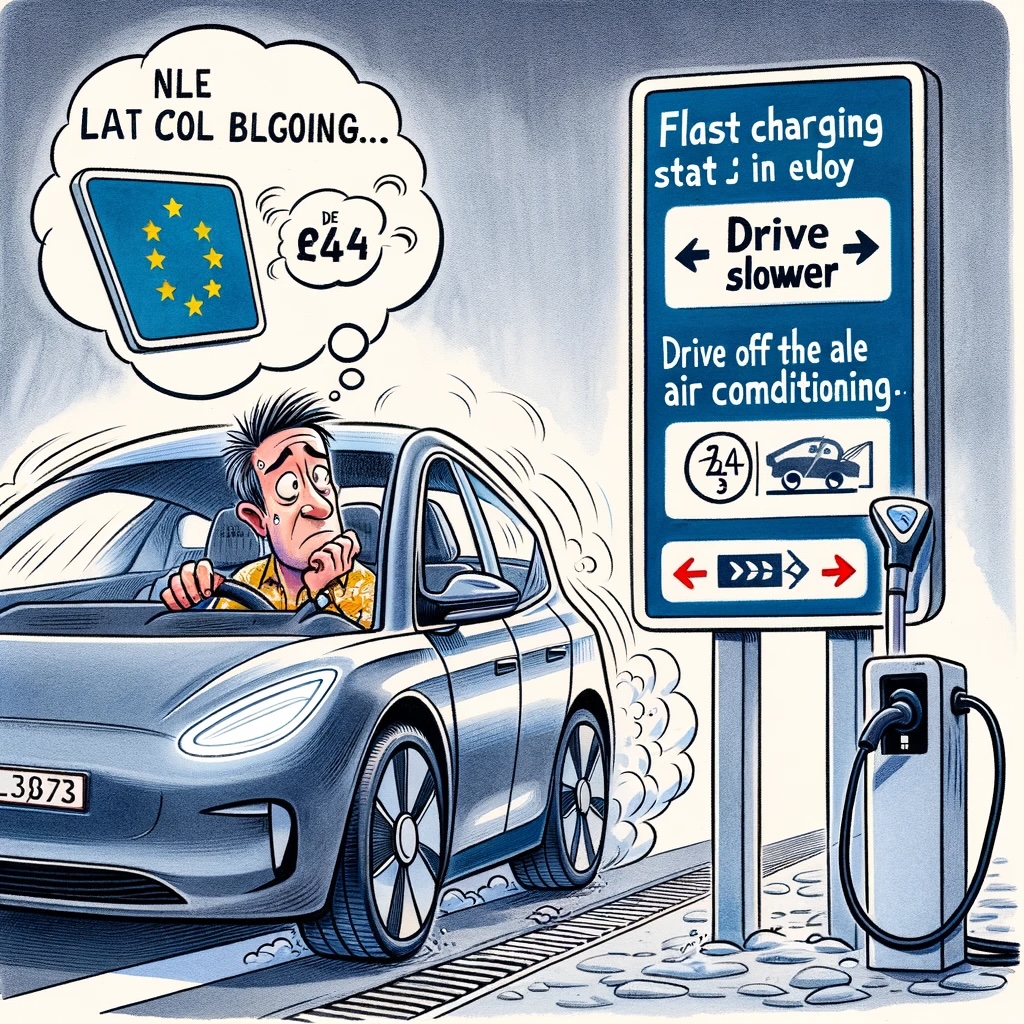The lack of sufficient fast chargers along highways is not only an inconvenience for electric vehicle drivers, but it also undermines broader efforts to transition to cleaner energy sources.
Electric driving in Belgium remains a point of discussion and is a road full of challenges. Although electric vehicles are becoming an increasingly popular choice due to their environmentally friendly nature, drivers face practical challenges. One of these problems is the availability of fast chargers along Belgian highways. Despite the small size of the country, it is often a challenge to find a fast charger within 60 kilometers. This leads to concerns about reaching the final destination without draining the battery.
For example, our experts recommend limiting the average speed on the highway to 90 km/h and switching off the air conditioning to increase the range of electric cars. Although these measures can help, charging the car remains an important point of attention. A regular wall socket can take up to 10 hours to fully charge a car, while fast chargers can do this in about half an hour, depending on the car.
climate goals
The European and Flemish climate objectives emphasize the need for efficient and sustainable energy use, with electric driving playing a crucial role in reducing CO2 emissions. To encourage electric driving, it is essential that there are sufficient charging points available. Unfortunately, this is not yet the case along the highways in Belgium.
The fact that electric car drivers must devise strategies, such as limiting their speed and turning off air conditioning, to reach their destination speaks volumes about the lack of foresighted policies and investments in the necessary infrastructure.

However, the European Parliament has taken steps to improve this situation. From 2026, fast chargers should be available every 60 kilometers for electric cars on the main European roads, and every 120 kilometers for trucks and buses. In addition, providers of charging stations with high power will increase prices must be clearly displayed, comparable to the price indications at petrol pumps. Although the signs indicating this are already visible, it will take some time before these plans are realized.
A critical look at the current infrastructure shows that progress in facilitating electric driving is slow and insufficient. This is ironic, given the urgency of climate change and the need to reduce our dependence on fossil fuels. The government and the relevant agencies apparently still have a lot to learn about the importance of supporting infrastructure that is essential for the adoption of electric vehicles.




